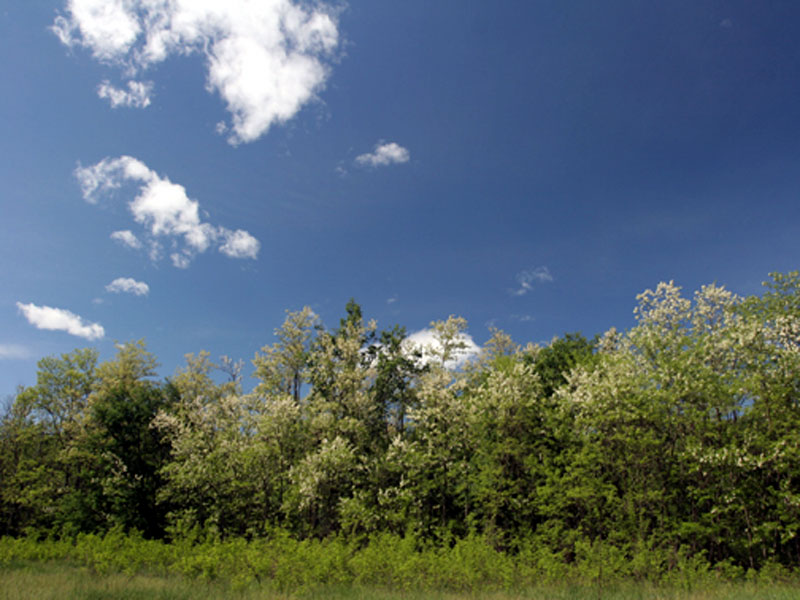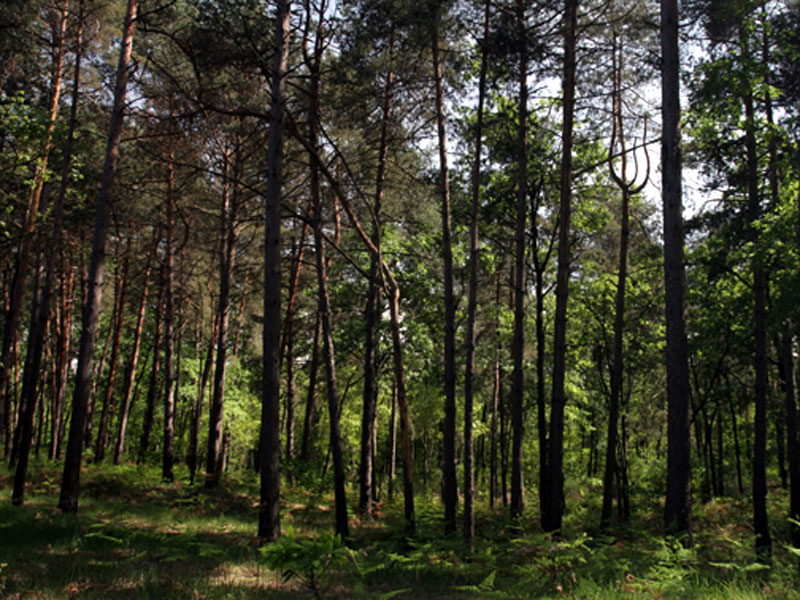Protected Area
Identity Card
- Land Surface Area: 334.22 ha
- Regions: Piemonte
- Provinces: Novara
- Municipalities: Borgo Ticino
- Establishment Measures: LR 19 24/05/2006
- PA Official List: EUAP1197
Geology
The area is almost entirely interested by Würmian morainic deposits forming the Verbano amphitheater and a gentle and hilly landscape. From a morphological point of view, the territory is characterized by the slopes of "Motto Solivo", reaching the 377m above sea level and sloping down northwards and north/eastwards with slopes of more than 25% and by the watercourse Rio "Norè", called upstream "Fosso Rese", running in the fertile plain of Muggiano (north/west the interested area). The stream springs in an area rich in resurgences in the Municipality of Oleggio Castello and flows then into the river Ticino, where the latter begins to run out from Lago Maggiore.
Vegetation
As far as vegetation is concerned, the area is characterized by the presence of several woodland formations, like: moorland pinewood with Scots Pine, upper plain oak-hornbeam woodland, coppice chestnut tree wood dominated by Teucrium scorodonia, Black Alder woodland, Black Locust woodland, white pine reforestation. Together with these different types that can be recognized in their typical formations, there are transitionary formations. The latter often form a real mixed broadleaf tree woodland, where the Scots Pine grows. Moreover, the floristic-vegetation analysis reveals two particularly interesting aspects of this area:
- Along the municipal road Borgo Ticino - Gattico, on two dry-stone walls locally called "Muraglione", a rich colony of Maidenhair Spleenwort (Asplenium trichomanes) grows, together with two other ferns: the Black Spleenwort (Asplenium adiantum-nigrum) and the Oak Fern (Gymnocarpium dryopteris).
- Along the banks of the Stream Norè, the forest vegetation is enriched with typical hygrophilous and mesophyte essences witnessing the good natural features characterizing this environment.
Among the most significant high-trunk trees, the following ones are worth a mention: Black Alder (Alnus glutinosa), White Willow (Salix alba), Sycamore Maple (Acer pseudoplatanus), and European Ash (Fraxinus excelsior). Among the shrubs, there are the hazelnut tree and the Spindle (Euonymus europaeus), while among the herbaceous plants there are the Ostrich Fern (Matteuccia struthiopteris), the Meadowsweet (Filipendula ulmaria), the Yellow Archangel (Lamiastrum galeobdolon), and Carex brizoides.







